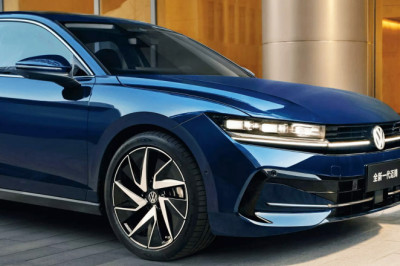
Electric vehicles are popping up on rental lots everywhere, but there’s a steep learning curve for first-timers. Here’s what most rental agents won’t mention, but absolutely should — from getting inside and starting the car, to charging, to a few road-trip realities that will save you stress.
1. Getting In and Starting Up May Not Be Obvious
Most electric rentals use keycards, smartphone apps, or proximity key fobs, rather than a regular metal key. Sometimes you press a button to start, but some models “wake up” when you press the brake or shift into gear. If you’re unsure, ask for a demo before you leave the lot—otherwise, the first ten minutes in the carpark could be a head-scratcher.
2. You Don’t Get a Full “Tank” at Pick-Up
Don’t expect your rental EV to be fully charged. Many agencies hand over EVs with just 80% battery, and you’ll be expected to return it at or above a set level (often 75–80%). Returning it with less can mean hefty recharging fees.
3. Finding and Using Public Chargers Isn’t Always Easy
Unlike petrol stations, chargers aren’t everywhere. Not all charging stations are compatible with every EV, and some locations may require a specific app or RFID card to use. Before you drive off, download a charging map app (like PlugShare) and set up accounts for the major charging networks along your planned route.
4. Charging Takes Planning, Not Just Stopping
Topping up can take anything from 30 minutes (fast charger) to several hours (standard charger). Not every charger is “superfast,” and you may need to queue at busy times. If you’re planning a road trip, pre-plan your charging stops — and factor in time.
5. Watch Out for Charging Costs and Rules
With EVs, you pay not just for time connected but also possibly for the amount of energy used. Some chargers add idle fees if you leave your car plugged in after it’s charged. Double-check the billing method before you plug in — and always take a photo of the charging station in case of disputes.
6. Range Isn’t Always What’s Advertised
Cold weather, lots of passengers, or pushing the ESPORT mode can all shrink your real driving range compared to what’s shown on the dash. Many renters find themselves needing to charge more often than expected, so always keep a buffer and don’t run the battery down to the final kilometres.
7. Be Ready for Features You Haven’t Seen Before
Regenerative braking, unfamiliar gear selectors, different dashboards — nearly everything can feel a bit alien if you’re new to EVs. Some models “coast” when you lift off the accelerator, while others slow sharply. If safe to do so, experiment in a quiet street before hitting the motorway.
8. What If You Run Out of Charge?
You can’t just walk to a shop and get a can of electrons. If you run flat, it likely means calling roadside assistance — which takes time and might cost extra. Agencies often don’t explain this until it happens.
9. Know What Cables and Adaptors Come With the Car
Not every rental comes with all the connection cables you might need. Check that the vehicle has both the “fast charge” and “trickle charge” cables. Some hotels and carparks offer only standard outlets, so it’s best to be prepared.
10. Insurance and Excess May Be Different
Electric cars are often more valuable, and replacement costs for batteries or specialist parts can be higher. Always check the fine print on insurance, especially regarding charging accidents or breakdowns.
In short: don’t expect the usual keys-in, fuel-up, and go routine. Renting an EV demands a little homework, clear communication with the rental desk, and a touch more patience — but the payoff is a smoother, quieter drive that’s easier on the planet.














